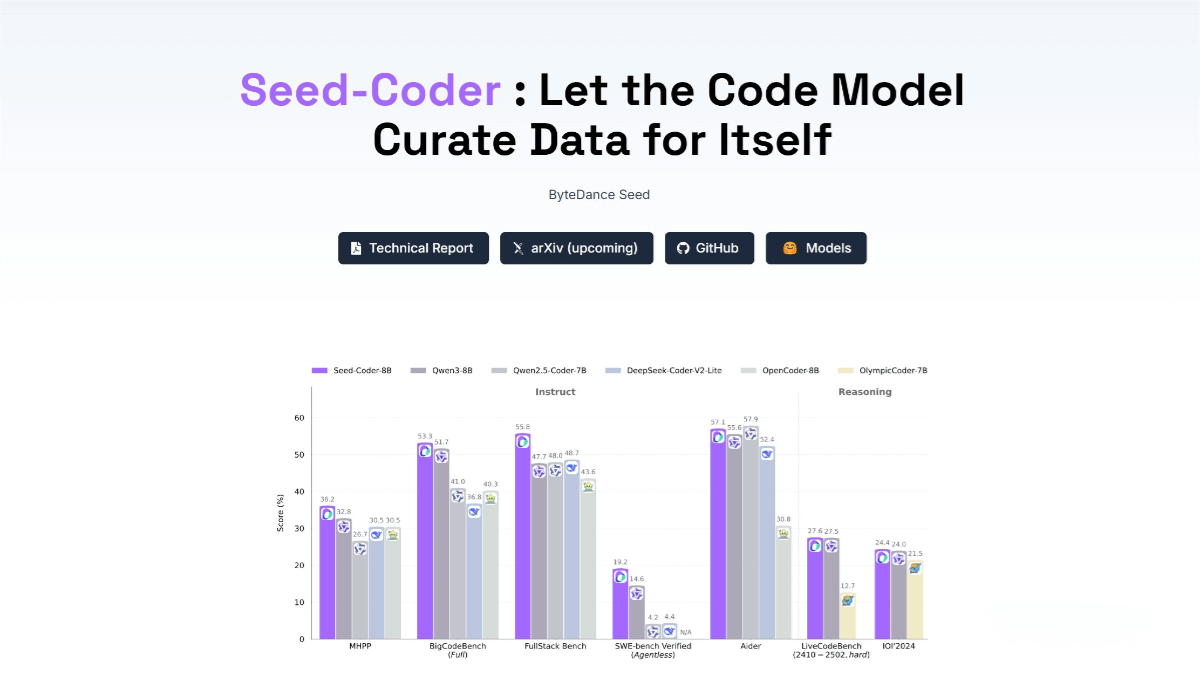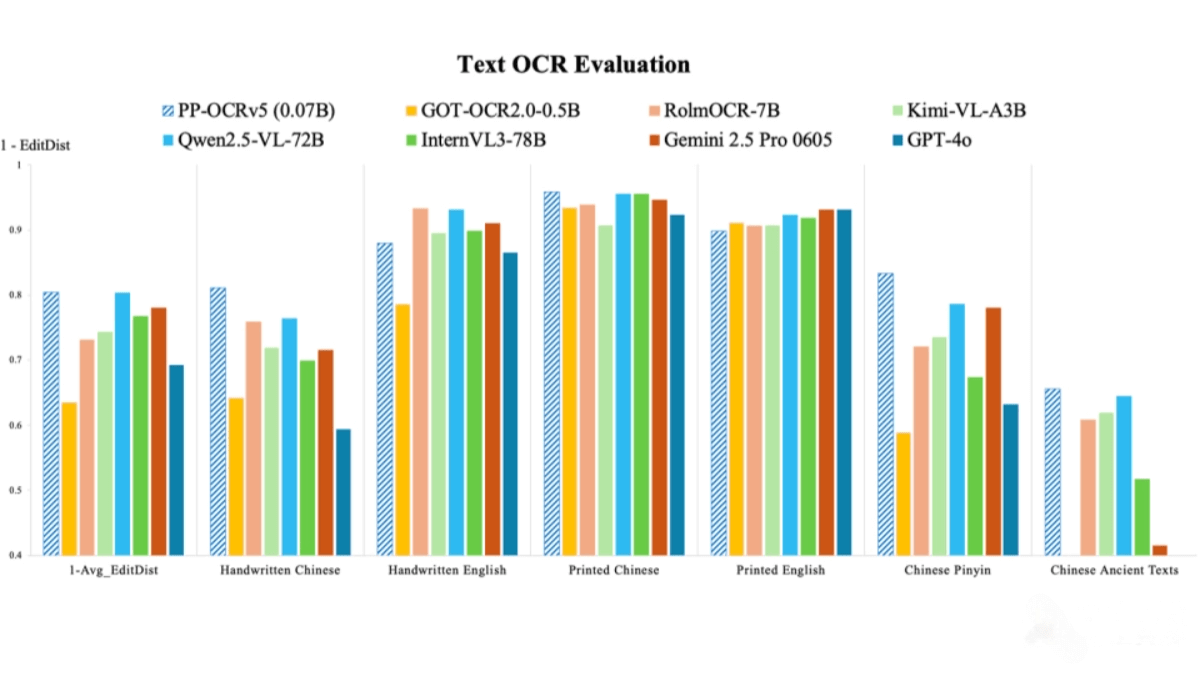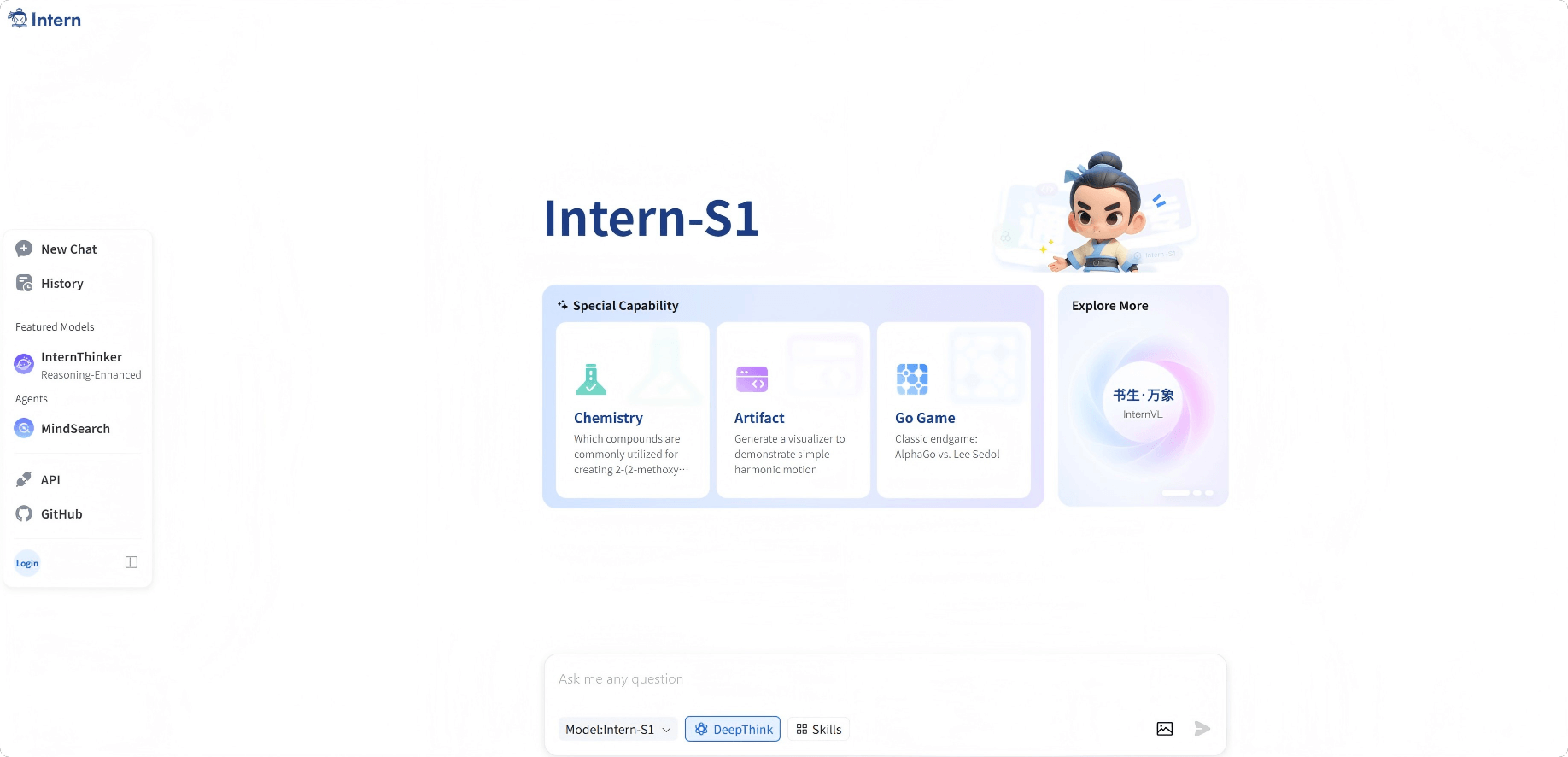Just now, OpenAI released its image generation model API, with token-based pricing — each image costs approximately $0.19.
Last month, OpenAI introduced an image – generation feature in ChatGPT, which has been extremely popular: in just the first week, more than 130 million users worldwide created over 700 million images.
“Just now, OpenAI announced another exciting update: they have officially launched the native model for driving ChatGPT’s multimodal experience — gpt-image-1 — in their API. This allows developers and businesses to seamlessly integrate high-quality, professional-grade image generation capabilities directly into their tools and platforms.”
This also means that starting today, developers all over the world can use ChatGPT’s powerful image generation capabilities.
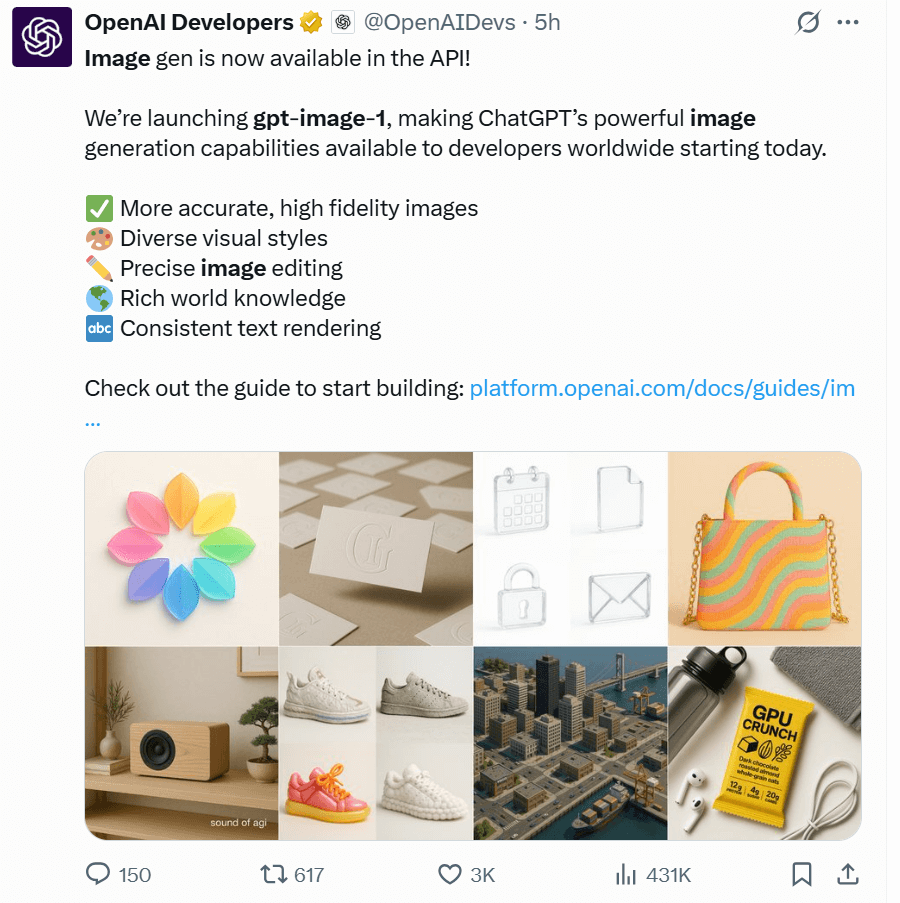 .19." alt="" width="900" height="903">
.19." alt="" width="900" height="903">
API Guide: https://platform.openai.com/docs/guides/image-generation?image-generation-model=gpt-image-1
GPT – image – 1 has the following features:
• Generates more accurate and high – fidelity images.
• A variety of visual styles.
• Precise image editing.
• Rich world knowledge.
• Consistent text presentation.
The CEO of OpenAI, Sam Altman, said that there are some differences between the API version and the ChatGPT version: The main manifestations are that users can use the moderation parameter to control the sensitivity of content moderation. They can also control aspects such as quality and generation speed, context, and output format.
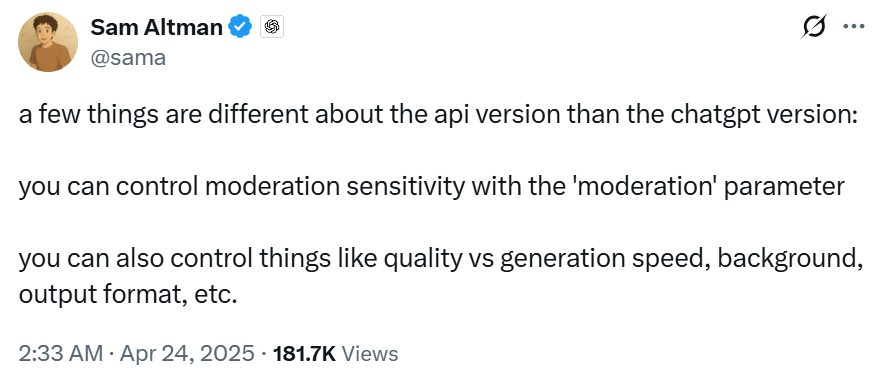 .19." alt="" width="891" height="376">
.19." alt="" width="891" height="376">
In terms of pricing, gpt – image – 1 is priced based on tokens, and the prices for text tokens and image tokens are different:
• Text input tokens (prompt text): $5 per 1 million tokens
• Image input tokens (input images): $10 per 1 million tokens
• Image output tokens (generated images): $40 per 1 million tokens
In actual use, this means that users need to spend approximately $0.02, $0.07, and $0.19 respectively to generate low-quality, medium-quality, and high-quality square images. And when you add the cost of text input, all we can say is that this is so typical of OpenAI.
The API offers a range of benefits — for example, users can generate multiple images in a single request by setting the n parameter. By default, the API returns just one image. (It really feels like token usage is burning fast.)
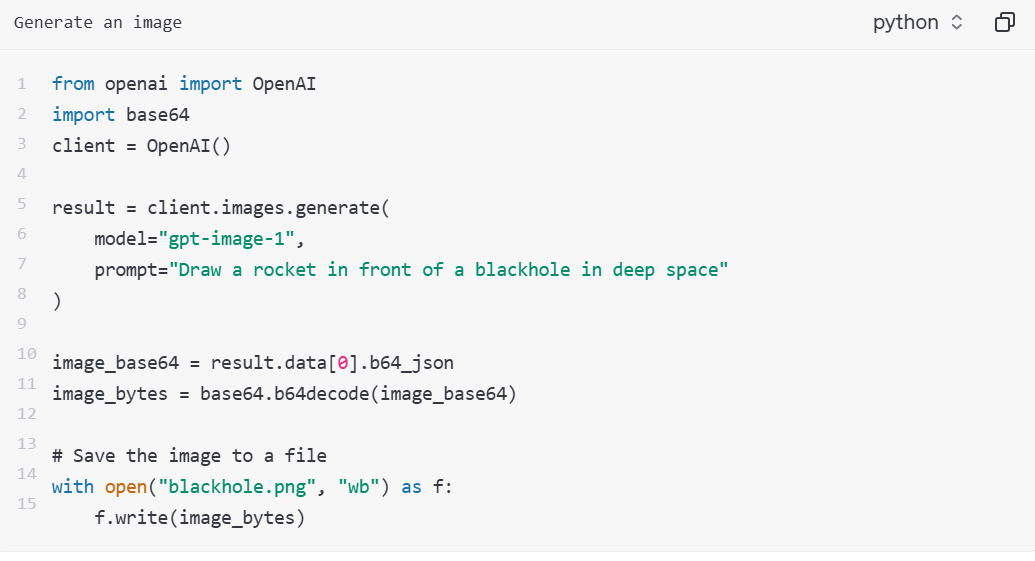 .19." alt="" width="1035" height="561">
.19." alt="" width="1035" height="561">
Users can also generate a new image using one or more input images as reference images. In this example, four input images are used to generate a new image.
 .19." alt="" width="1062" height="528">
.19." alt="" width="1062" height="528">
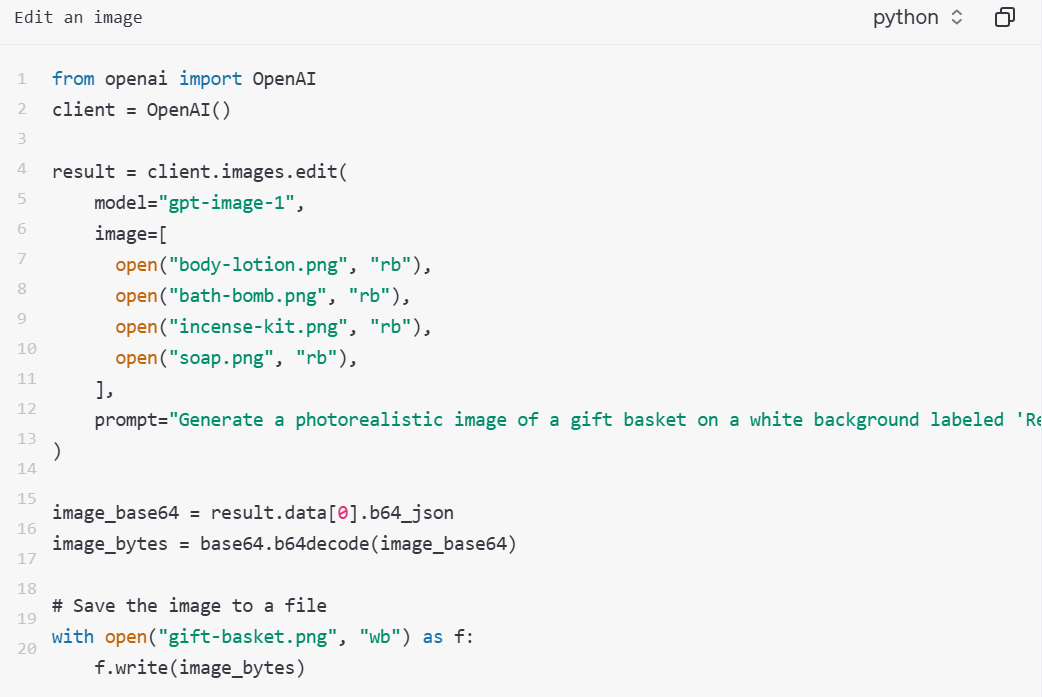 .19." alt="" width="1042" height="697">
.19." alt="" width="1042" height="697">
You can also use masks for image editing.
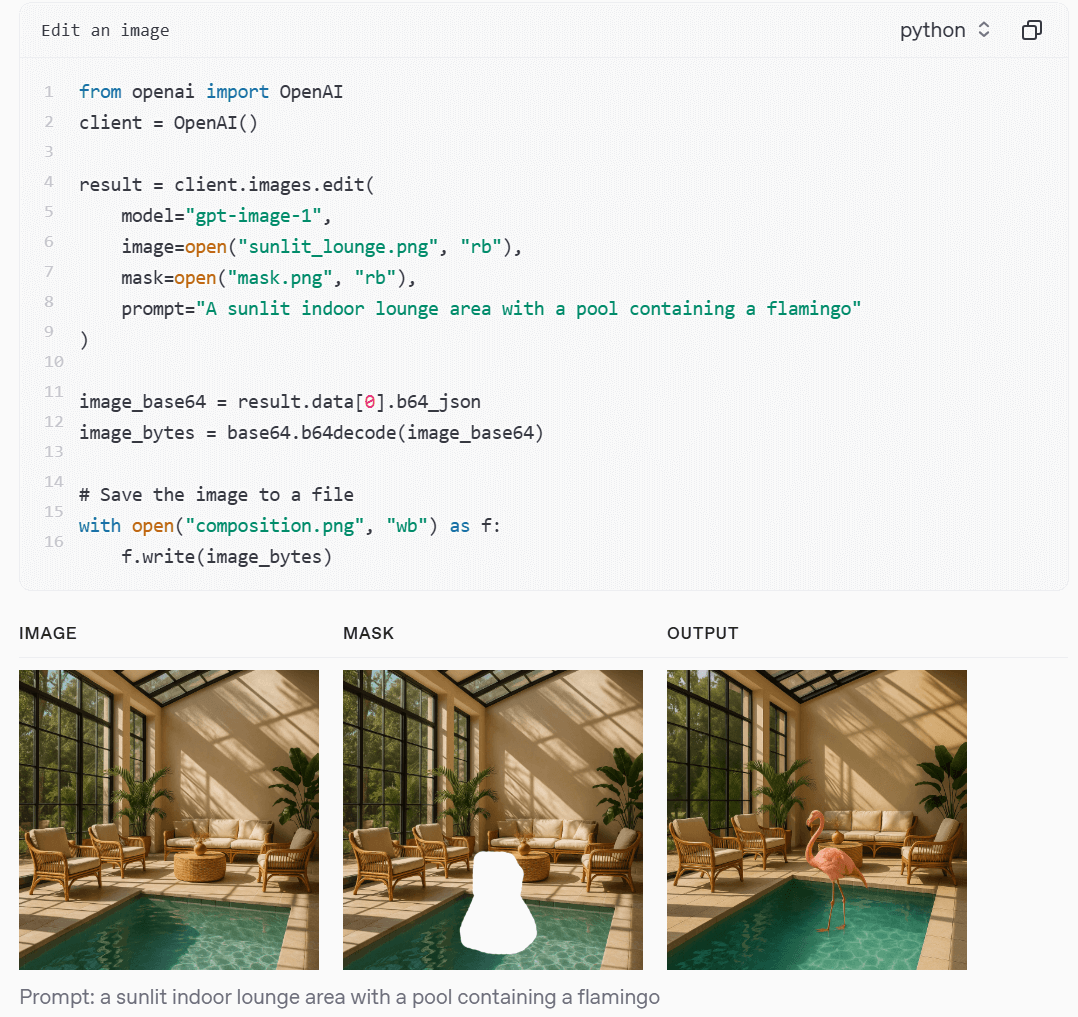 .19." alt="" width="1078" height="1017">
.19." alt="" width="1078" height="1017">
OpenAI stated that several companies and startups are already using the model for creative projects, products, and experiences. For example, multimedia giant Adobe is integrating OpenAI’s image generation capabilities into its Firefly and Express applications.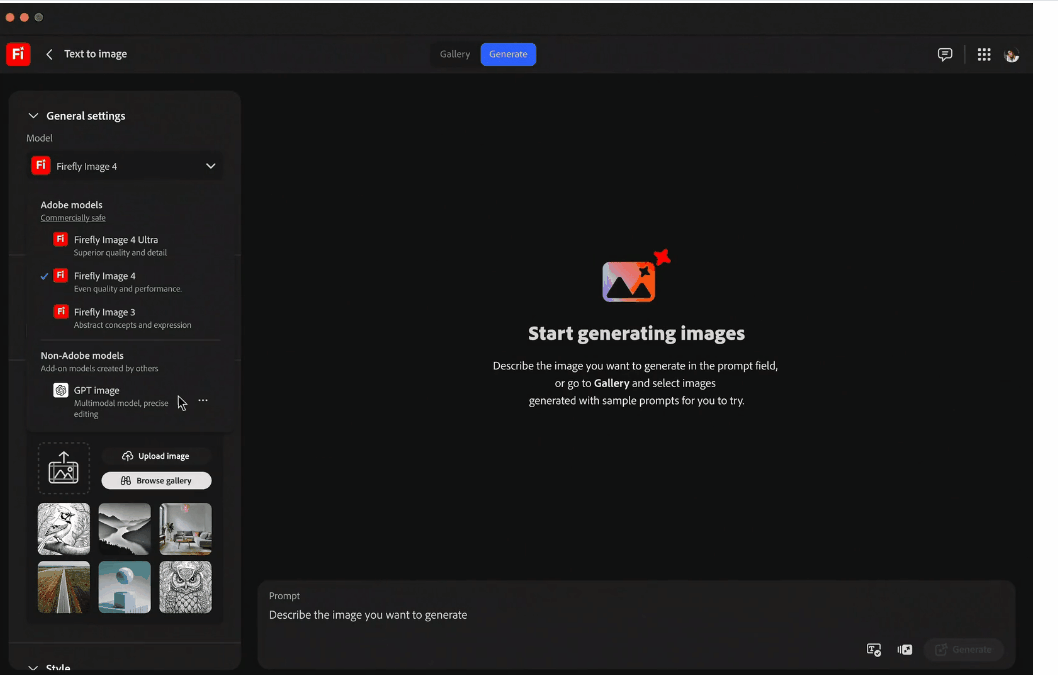 .19." alt="" width="1058" height="675">
.19." alt="" width="1058" height="675">
The AI video generation platform HeyGen is integrating gpt – image – 1 to enhance the creation of virtual avatars, especially to improve the virtual avatar editing function within the platform.
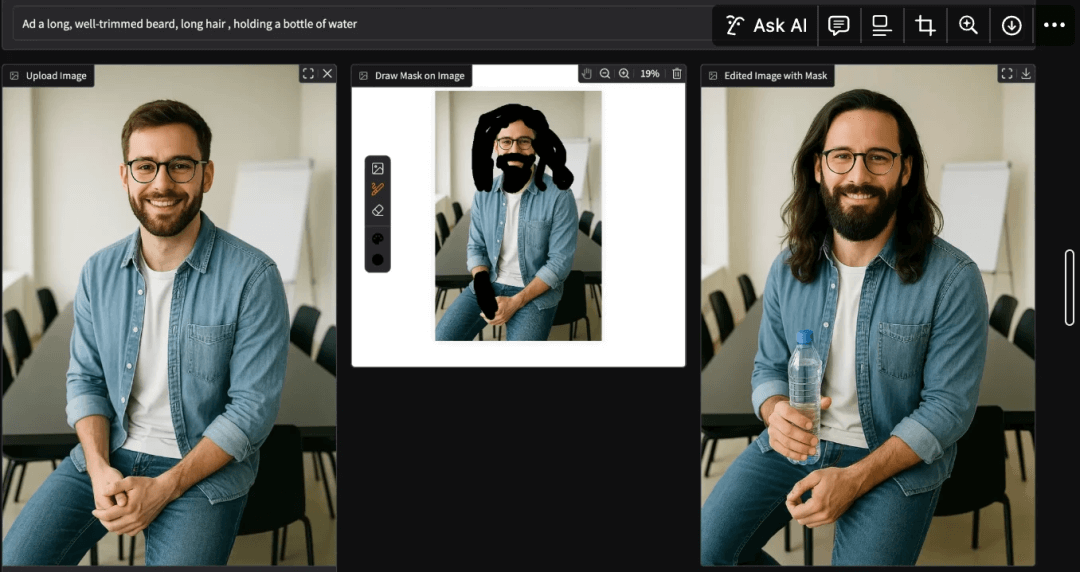 .19." alt="" width="1080" height="572">
.19." alt="" width="1080" height="572">
Related Posts


